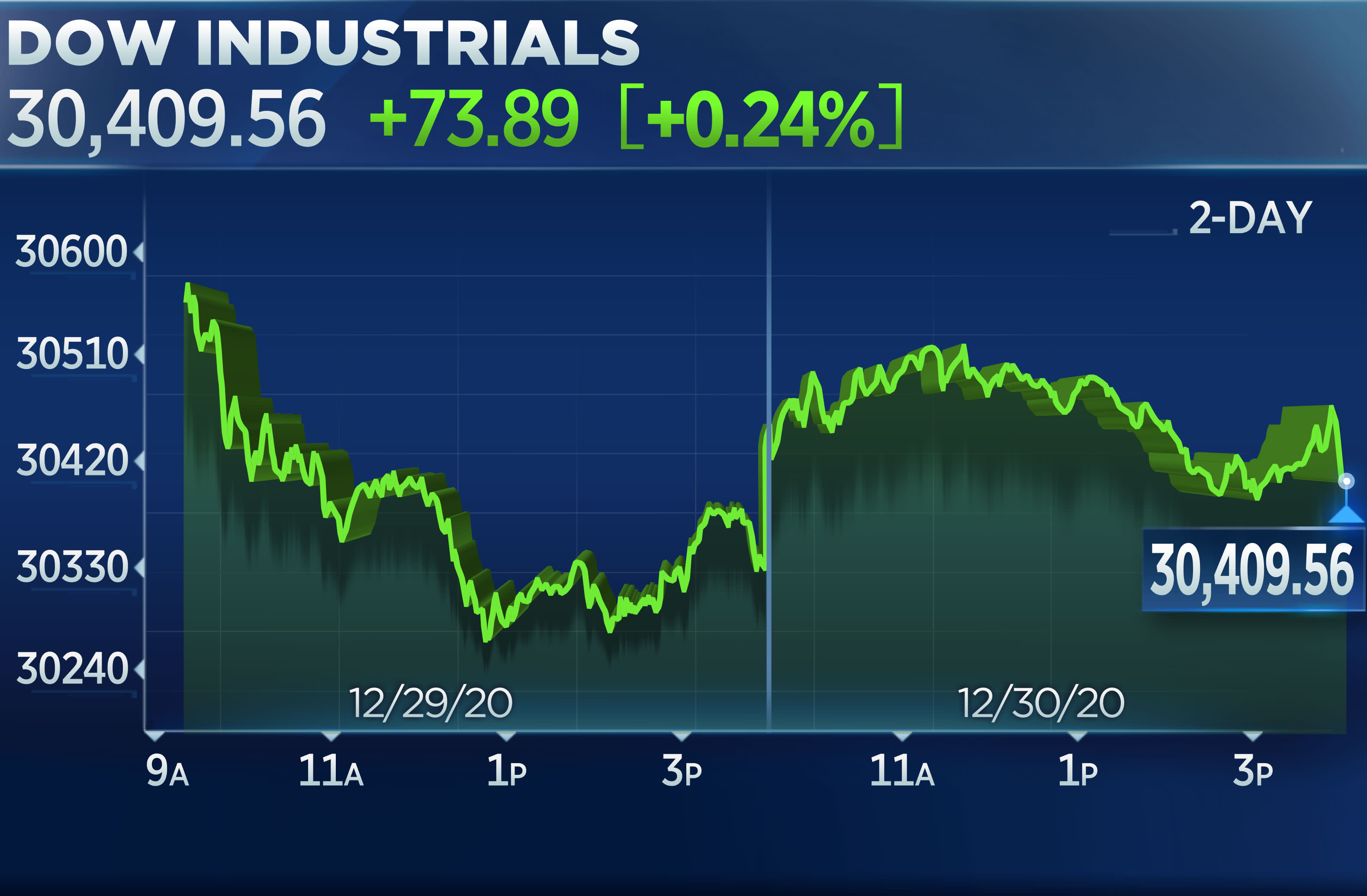Imagine yourself standing at the helm of a ship, ready to embark on a journey through the vast and unpredictable ocean of the stock market. The wind whispers secrets of opportunity, while the waves churn with the ebb and flow of market forces. But before setting sail, you need a compass, a map, and a deep understanding of the waters ahead. That’s where US stock market indices come in, acting as your guideposts, illuminating the path and helping you navigate the turbulent currents of investment.

Image: www.motherjones.com
These indices, like the Dow Jones Industrial Average (DJIA), the S&P 500, and the Nasdaq Composite, are more than just numerical values. They are the pulse of the US economy, reflecting the collective health and performance of hundreds of publicly traded companies. Understanding these indices empowers you to make informed investment decisions, track market trends, and gain a deeper insight into the dynamics of the financial world.
Unveiling the Secrets of US Stock Market Indices
The US stock market’s history is a fascinating tapestry woven with threads of innovation, risk, and reward. Since 1885, when Charles Dow first calculated the average price of 11 companies, these indices have evolved into powerful tools for investors and economists, offering a snapshot of the overall market sentiment.
The Dow Jones Industrial Average: A Blue-Chip Benchmark
The Dow Jones Industrial Average, the oldest and most recognizable of the major US stock market indices, consists of 30 large-cap, publicly traded companies representing various industries deemed to be representative of the overall US economy. Think of it as a carefully selected basket of blue-chip stocks, carefully chosen for their stability, profitability, and market influence.
The DJIA is a price-weighted index, meaning that companies with higher stock prices have a greater impact on the overall index value. This can be both a strength and a weakness, as it can disproportionately reflect the performance of large companies.
The S&P 500: A Broad Market Representation
The S&P 500, a broader and more diversified index than the DJIA, comprises 500 large-cap companies across various sectors, representing approximately 80% of the total market capitalization of the US stock market. It’s a market-cap-weighted index, meaning that bigger companies carry more weight in the index.
This methodology provides a more representative picture of the overall market, capturing the performance of a wider spectrum of companies. Many investors consider the S&P 500 to be a reliable indicator of the health and direction of the US economy.

Image: www.cnbc.com
The Nasdaq Composite: A Tech-Heavy Titan
The Nasdaq Composite index takes a different approach, focusing primarily on growth-oriented, technology-driven companies. It houses over 2,500 publicly traded companies, including giants like Apple, Microsoft, and Amazon. This index is a reflection of the innovative spirit of the US technology sector and its impact on the global economy.
The Nasdaq Composite, like the S&P 500, is a market-cap-weighted index, making it more sensitive to the performance of larger companies within its portfolio. However, its emphasis on technology gives it a unique perspective on the burgeoning and ever-changing tech landscape.
Beyond the Big Three: A World of Indices
While the Dow Jones Industrial Average, the S&P 500, and the Nasdaq Composite are the most widely recognized indices, there are a multitude of other indices that offer a more granular view of specific sectors or market segments.
For example, the Russell 2000 tracks the performance of small-cap companies, providing insights into the growth potential of emerging businesses. The Dow Jones Transportation Average tracks the performance of transportation companies, offering a glimpse into the health of the logistics and infrastructure industries. And the Dow Jones Utilities Average focuses solely on utility companies, reflecting the performance of this vital sector.
The Power of the Indices: Guiding Investors and Shaping the Market
The impact of US stock market indices extends far beyond their numerical values. They serve as crucial benchmarks for investors worldwide, impacting investment decisions, shaping market sentiment, and influencing the overall direction of the economy.
Index funds, which track the performance of specific indices, are popular investment vehicles for those seeking diversified exposure to the market. These funds allow investors to participate in the broader market without the need to individually select and manage individual stocks.
Moreover, indices are used as a basis for various financial instruments, such as index futures and options. These derivatives offer investors opportunities to speculate on the future direction of the market or hedge against potential risks.
Understanding the Dynamics: A Journey Beyond the Numbers
However, it’s important to remember that indices are just a snapshot in time, reflecting the collective performance of their constituent companies. Individual companies within an index can outperform or underperform, and market fluctuations can cause indices to rise and fall.
It’s crucial to appreciate the context surrounding index movements, considering factors like economic data, geopolitical events, and industry trends. This comprehensive understanding will help you make informed investment decisions that align with your risk tolerance and investment goals.
Us Stock Market Indices
Navigating the Market with Confidence: Using Indices as Your Compass
As you venture out into the uncharted waters of the stock market, US stock market indices are your reliable compass, guiding you toward your financial goals. By understanding the principles behind these indices, you can navigate the market with confidence, making informed decisions that align with your investment strategy.
Remember, investment success is a journey, not a destination. Continuously educate yourself, seek expert advice, diversify your portfolio, and adjust your strategies as market conditions change. Embrace the journey, stay informed, and remember that with the right knowledge and tools, you can confidently chart your own course toward financial success.







